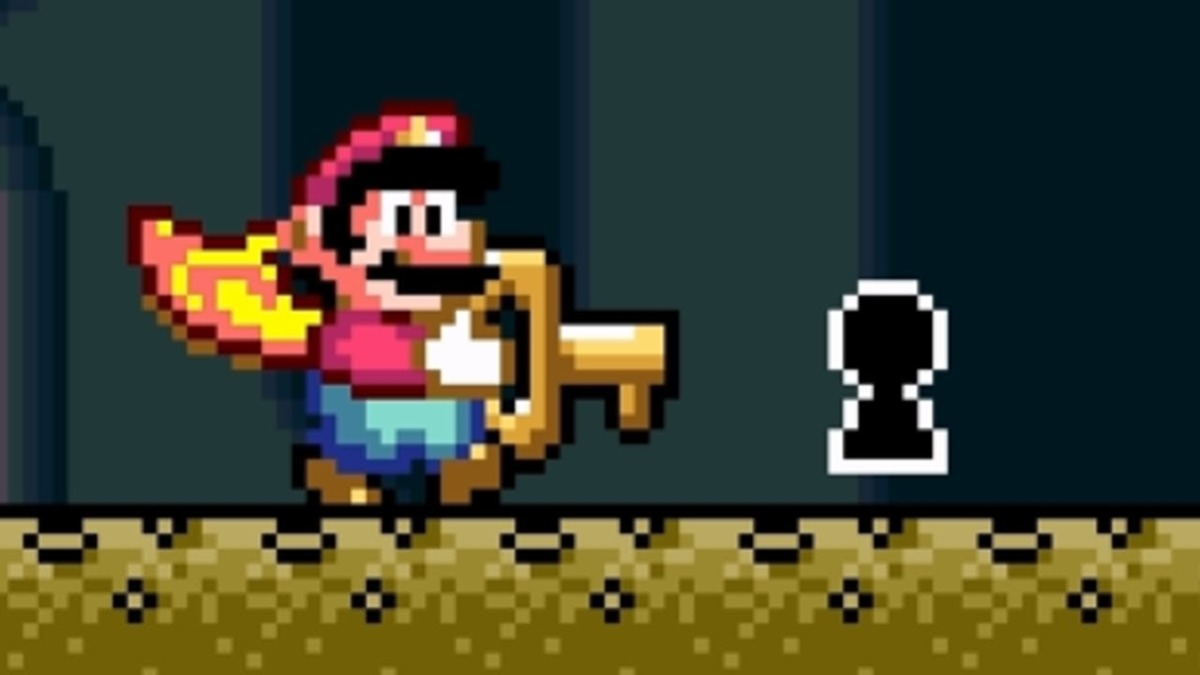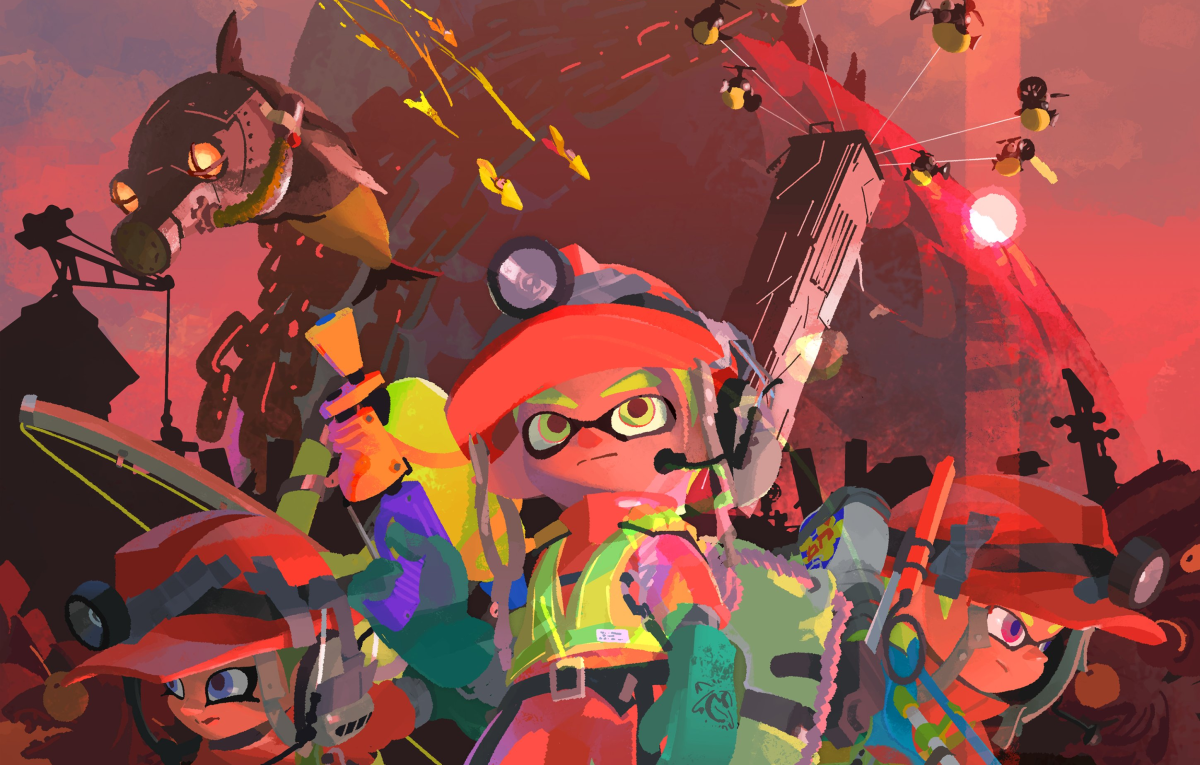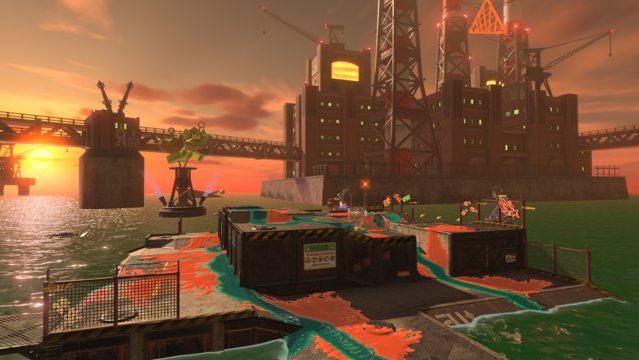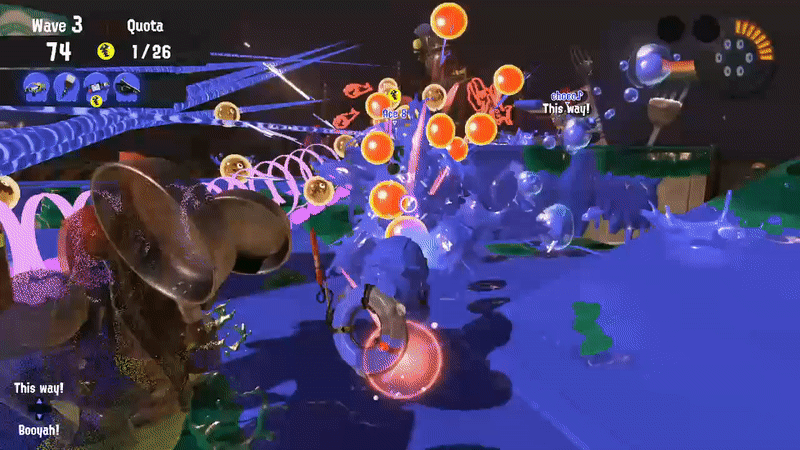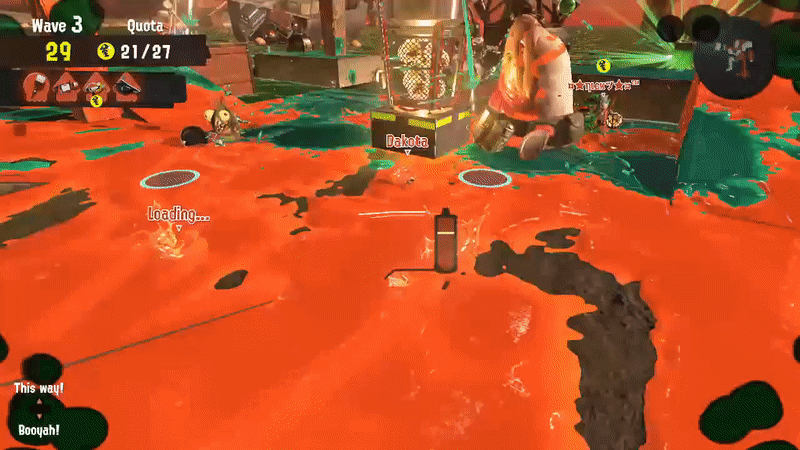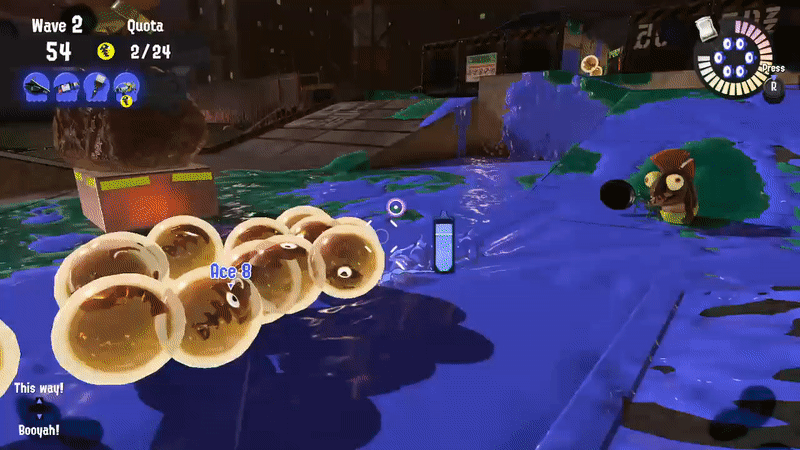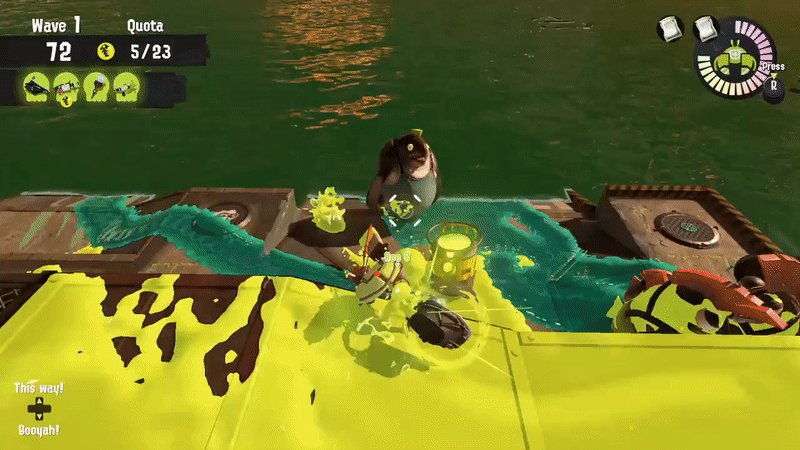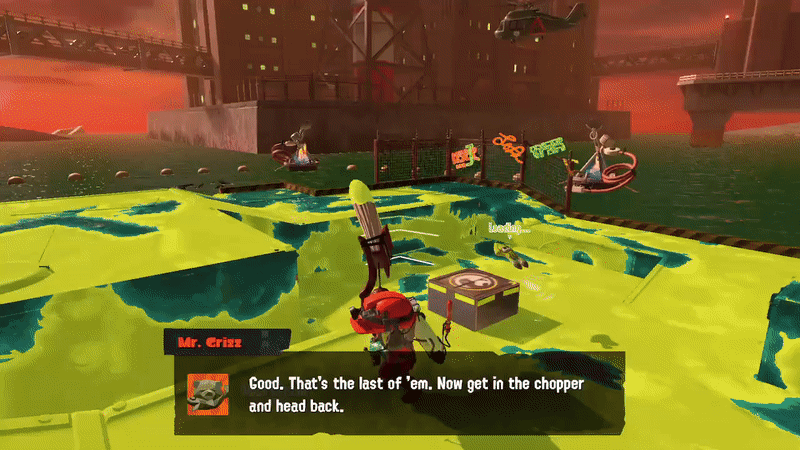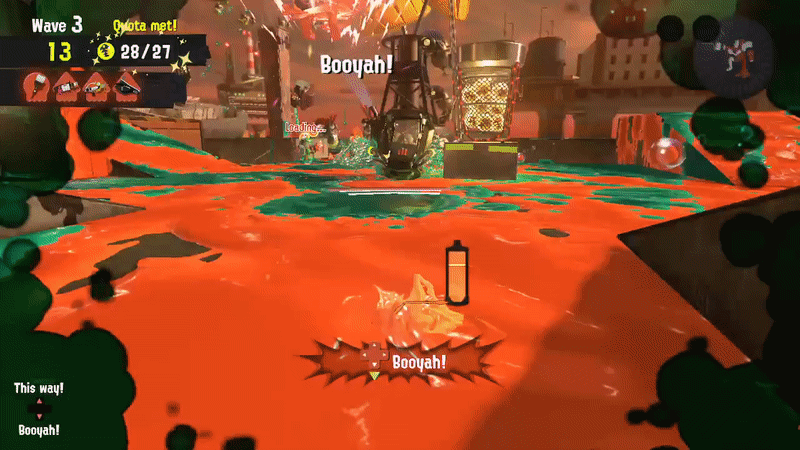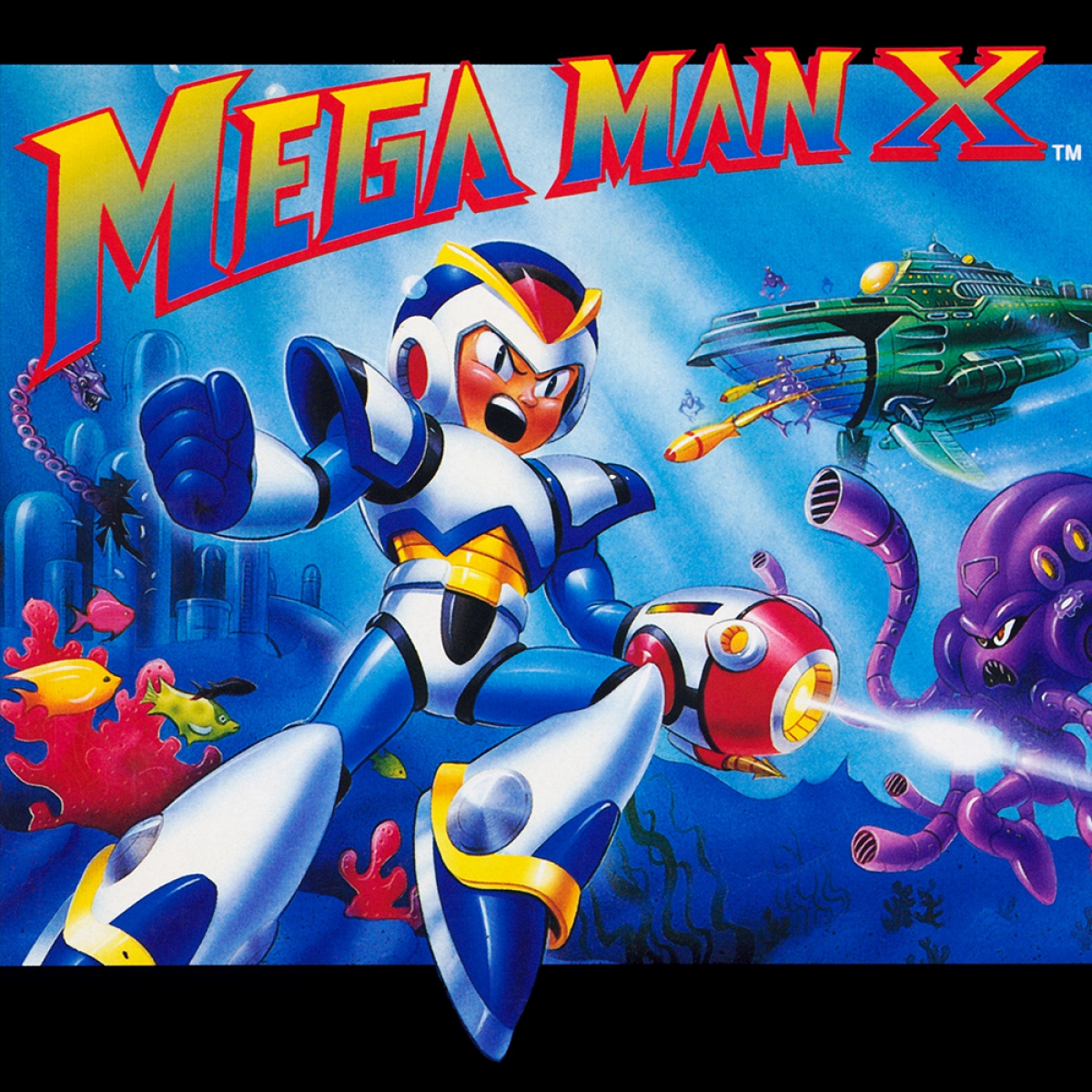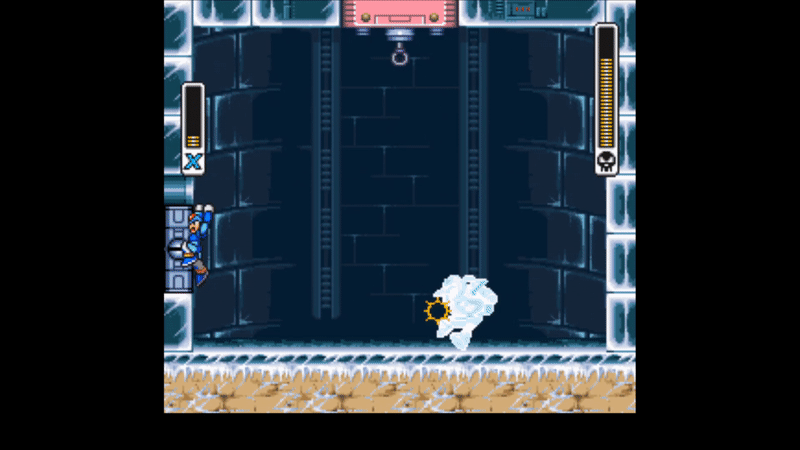It’s been a short, busy month, so this time I wanted to talk about something that might be of particular concern to me, specifically. One of my pet peeves. A real bee-in-my-bonnet moment. I’m going to get into why this particular design pattern bothers me so much in a moment, but first what am I talking about?
You ever find yourself at the heart of a deadly dungeon, having just slain a cursed demon dragon of darkness? Of course you have. You open up the chest he was guarding, and viola! A super cool, exciting, new weapon, spell, or other tool. You’re so hyped to get back out in the field and use this thing, but first you’ve got to figure out how to use it to make your way out of here. You start playing around with it, but pretty quickly you find that its use cases are rather… limited. Maybe it’s a whip that doesn’t really damage enemies – but it’s sure useful for hitting distant switches to open doors! Maybe it’s a freeze gun. It’s cool – I mean it can’t freeze enemies or bodies of water, but it can freeze waterfalls, to unblock doors. Maybe it’s a grappling hook! You can’t control the grapple or decide where to use it – it just pulls you to fixed targets so that you can reach previously inaccessible… doors.
You have just encountered, what I like to call the Door Key Mechanic. It’s a game feature masquerading as a fancy new play mechanic, but it’s not really. When you zoom out, and take a high-level top-down look at what all these mechanics actually do in the context of the play space… they just open doors. Maybe they pull specialized switches that then open doors. Maybe they disable electric fences so you can get to the doors behind them. Maybe they transport you to doors you couldn’t get to before in a predefined way, but that’s it. Above all it is interactivity that makes game mechanics compelling to me, and these are interactive in the most rudimentary way possible – do the thing, and a door opens.
There’s nothing inherently wrong with having features in your game that specifically exist to remove some gate to the player’s progress. These sorts of items are all over the place. I mean, literal keys, for one. It’s an important purpose to fill. The presence of an inaccessible door is inherently tantalizing to the player, and finding an appropriate key gives a sense of puzzle-solving or excitement. The trouble comes in when it’s something a lot more complicated than a key or a special inventory item pretending to be more important than it is. Need some examples? Let’s do some examples.
I think the most egregious example I can think of is the last game produced by Sonic The Hedgehog creator and indicted insider trader Yuji Naka, Balan Wonderworld. It’s a great instance of what I’m talking about, because it also highlights the crux of the problem. You see, this game had several marketing angles, such as Naka’s involvement, the visual and stylistic echoes of cult classic games like NiGHTS Into Dreams, and most relevantly here, the fact that the game would feature EIGHTY different costumes! Each with unique abilities! Or in other words, game mechanics. Ignoring that several of the costumes are just variations or upgrades of others, we have to interrogate how meaningful and interactive these costume mechanics actually are.
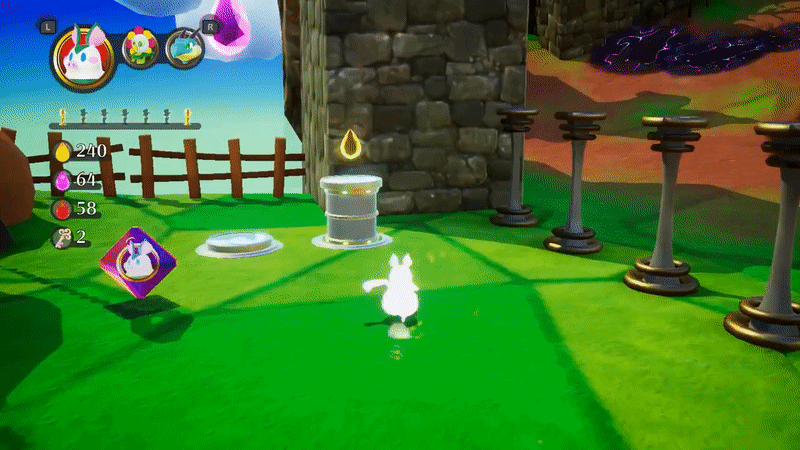
Well, we have a ground slam for a start, the Pounding Pig, which doesn’t do anything except hammer posts and break blocks – basically just opening specific doors. There are jellyfish and dolphin costumes, which do little else but allow access to water terrain that otherwise gates you. There’s a spider costume that allows you to climb webs, which are also just simple obstacles – doors in other words. The Itsy-Bitsy Elf costume “Allows the wearer to pass through tiny doors” and nothing else. Lickshot Lizard sounds like a grappling hook, but it only works on stationary targets that are trivial to target – it’s just opening a door with extra steps. Happy Horn activates an event when stepping onto a pre-placed stage. Functionally the same as a key item. Gear King allows you to use specific gear switches, to open doors. Hothead lets you light torches to open doors.
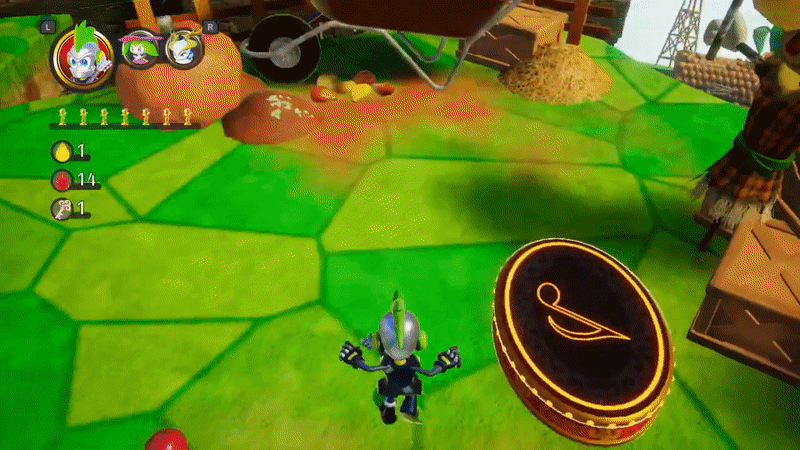
Riveting Stuff.
Important to note that ‘door’ here proverbially means any simple gate preventing player progress, but a gate of minimal player interactions. Flipping a switch causing a bridge to appear. Destroying a block to reveal a staircase. That’s all the same as opening a door. Like, there’s Balan‘s Laser Launcher costume…
“A robot costume that shoots a laser from its chest. Use the laser to break blocks and flip switches.” -Official Website Description
I can use the robot to open doors, OR open doors you say!? Okay granted, a lot of these very simplistic costumes in Balan can also be used for combat, but that is such a bare minimum. Doorkey Mechanics make one wonder ‘why is this even here?’ Like, why do you need a spider costume to climb webs? Most game characters can just do that, like on their own.
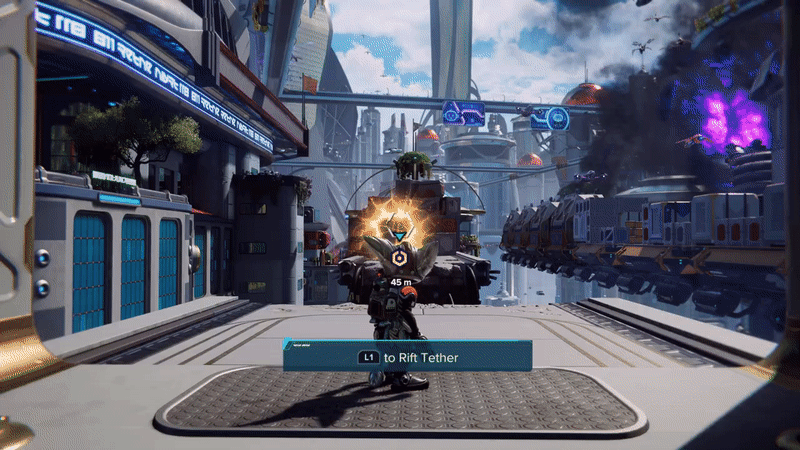
“Does it do anything?”
“It allows you traverse this door bridging a very small gap.”
“Yeah but does it do anything??”
It’s easy to criticize Balan. Door Key mechanics pop up in some of my favorite games too, though.
I adore A Hat In Time. It’s a delightful, fully-featured, cute, and compelling indie game in the style of classic 3D platform games. It feels great to control, it’s pretty to look at, and it’s just an overall fun time. We need more games like A Hat In Time. That said, of the six hats available in the game, which each provide unique abilities, I couldn’t help but wish the Ice Hat and Brewing Hat were more generally useful. The sprint hat makes you dash at breakneck pace, allowing you to bound over great distances – it’s super fun and super useful. The Kid’s Hat helpfully guides you where to go if you ever lose your way. The Time Stop Hat does what it says. However, the Ice and Brewing Hats flip switches and break barriers, respectively, only in hyper-specific scenarios. They can technically be used in combat, but I never once felt it was prudent to do so next to just, say, smacking enemies with my umbrella.
The Door Key Mechanic is a sliding scale, too. Game mechanics can be more or less door key-like. Hi-Fi Rush, a game I should really talk more about sometime, has mechanics that are Door Key-adjacent in the form of your party’s assist moves. Macaron’s punch assist breaks down hyper-specific walls and Peppermint’s gun assist shoots switches, but they can both be used in combat. The difference between Hi-Fi and say Balan, is that Hi-Fi Rush has very robust combat mechanics where that addition is not a footnote. Assists can be woven into combos and used in a variety of ways, defensively or offensively, to uniquely color each player’s experience. That’s interactivity, and that’s what makes a Door Key Mechanic less noticeable. The Legend of Zelda series has been occasionally guilty of making legacy items more door keyish. For instance, take the hookshot / claw shot item.
When first introduced in A Link To The Past, the hookshot was a metal spike on a spring loaded chain that could latch onto blocks, chests, rocks, and pots to pull Link rapidly to the target location. Not only that, but it can grab distant items and pull them to link, hit switches, stun some enemies, and outright defeat others. It’s used for unlocking doors, sure, but also for combat and traversal in interesting ways. Its uses are fairly prescribed, but not so much that it doesn’t feel generally useful.
In the sequel, Ocarina of Time, the hookshot was brought into 3D and it became even more generally useful. It still activates switches, pulls in items, stuns some enemies at a distance, and defeats others, but now in three dimensions. In addition, the list of things it can latch onto has been expanded to include most wooden or soft surfaces, like climbing vines, tree branches, rooftops, and rafters. The hookshot doesn’t just latch onto specific predefined targets, it also lets you grapple to anything it can stick into around the world! And there’s a logic and consistency to this general use that makes it feel like an organic part of that world. That kind of flavoring and context can also help alleviate the sense of artificiality that Door Key Mechanics invoke.
Later Zelda games would not be so magnanimous with the use of their hookshot analogues. The hookshot in The Wind Waker feels noticeably more limited, with fewer viable targets. Where in Ocarina of Time there were a lot more organic environmental targets to hit, Wind Waker and Twilight Princess lean somewhat heavily into literal bullseye targets, and floating targets, obviously specifically placed for Link’s benefit. The difference is stark in Skyward Sword, where the clawshot is used for little else other than clearing gaps to reach brightly colored, artificial bullseyes that exist in the world without context. The interactivity of the clawshot in Skyward Sword is severely limited.
My point is not that the more limited hookshots make these games bad – but rather that it makes specifically the hookshot item in those games a lot less compelling. Compare it to the Shieka Slate spells in Breath of The Wild, which can be employed almost anywhere, and used for almost anything – crossing gaps, attacking, blocking projectiles, climbing cliffs, retrieving items, escaping… flying, if you use them just right. That’s interactivity.
Here’s another Zelda example. In Majora’s Mask for the N64, the ice arrows allow you to shoot projectiles encased in freezing magic. Shooting the arrow at any body of water. *Any* body of water, an icy platform is produced, that Link can walk on. I’m sure you can already imagine the applications of that. This is in addition to the arrows being useful for stopping waterfalls, freezing enemies to use as platforms, or freezing them just to more easily defeat them.
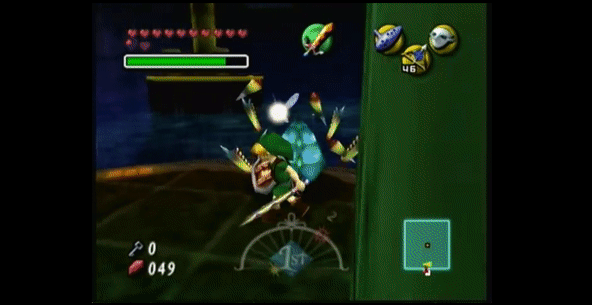
In the remake, the developers opted to instead restrict how these arrows can be used. There are shiny blue sparkles on the surfaces of water where the ice arrows were intended to be used. Shooting them there creates the usual ice platforms, however… they also opted to prevent the platforms from ever being created elsewhere, severely limiting the interactivity of this item, and risking the player engagement. Originally, the ice arrows were a tool – a new avenue of possibilities that gets the player thinking and invested in what they’re doing. The latter version makes them a prescribed door key to access only a very specific planned path, with no engagement required on the player’s part. I find game mechanics most exciting when they expand possibilities, not limit them.
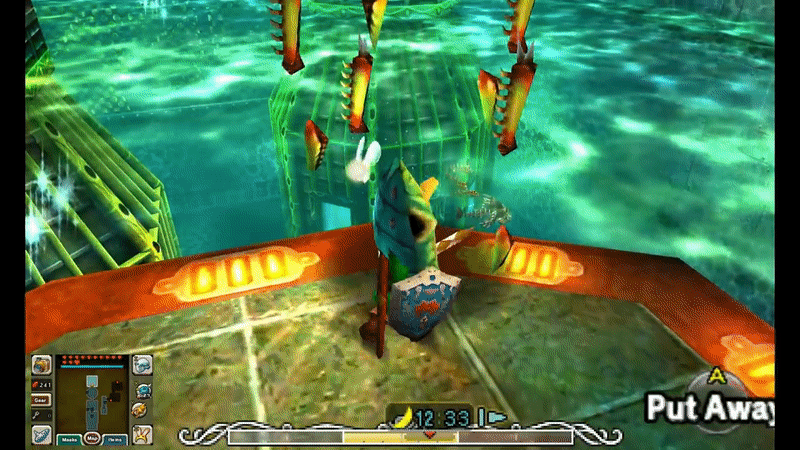
Heaven forbid anybody be required to do some lateral thinking while playing a video game.
When developing a new mechanic or feature for your game that might be a significant undertaking, ask yourself some questions; does this feature open up interesting interactions or decisions? Does it expand the play space? What are its use cases? How does the player interact with it? What does it accomplish? If the conclusion is that the feature accomplishes a similar level of interaction to simply unlocking a door with a key – if its use is no greater than removing a proverbial gate to the player’s progress, consider whether the feature is even worth developing, especially early on. Some of these features, such as the Balan Wonderworld costumes offer very little interactivity or engagement, but would have cost a huge amount of development resources for character models, bespoke animations, sound effects, and program implementation. The decision to add a feature is not one that should be done without forethought. Think about what each of your new features actually adds to the experience.
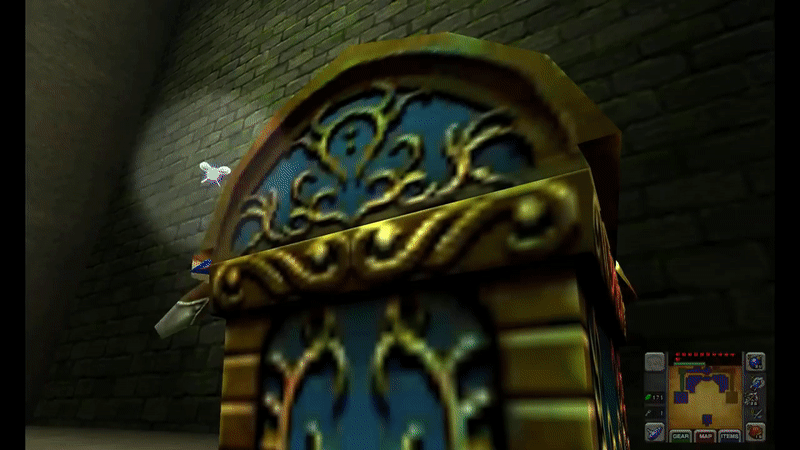
A key opens doors…
